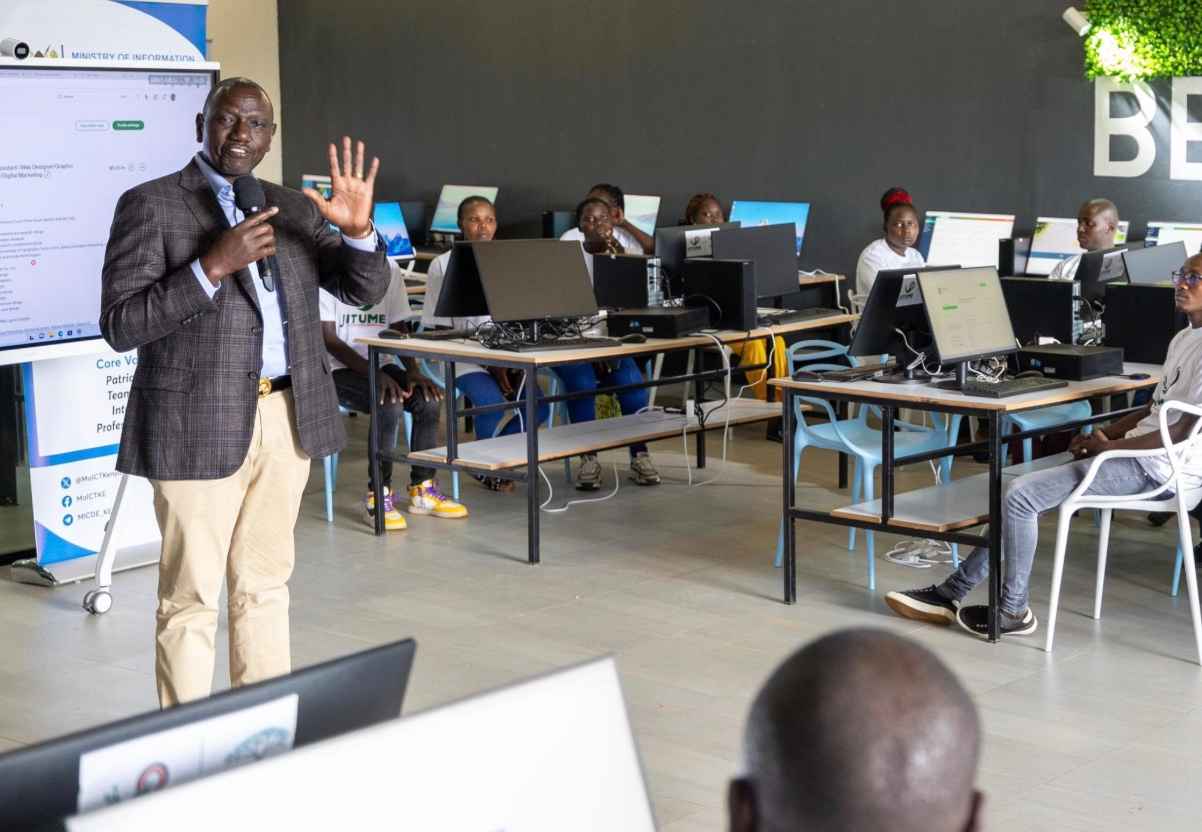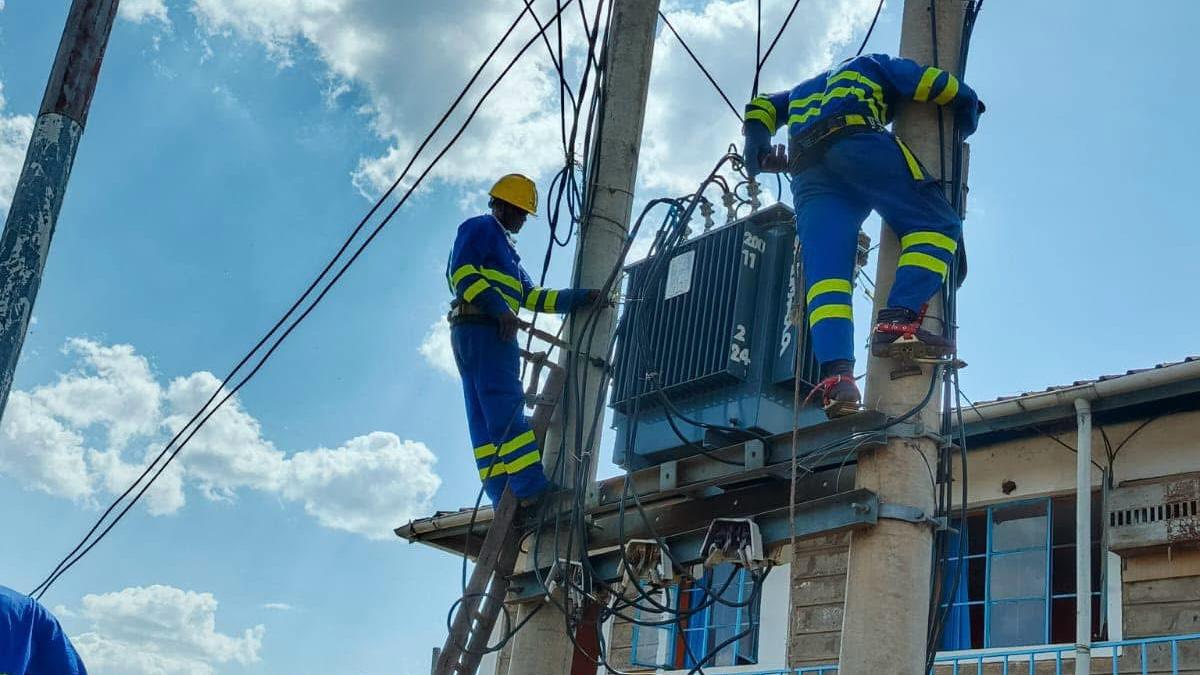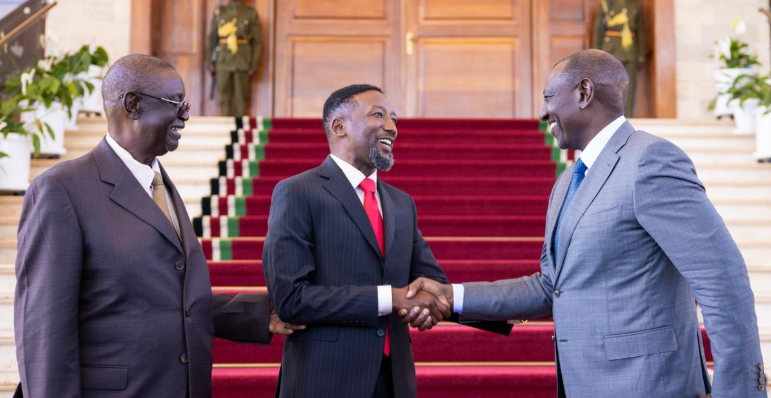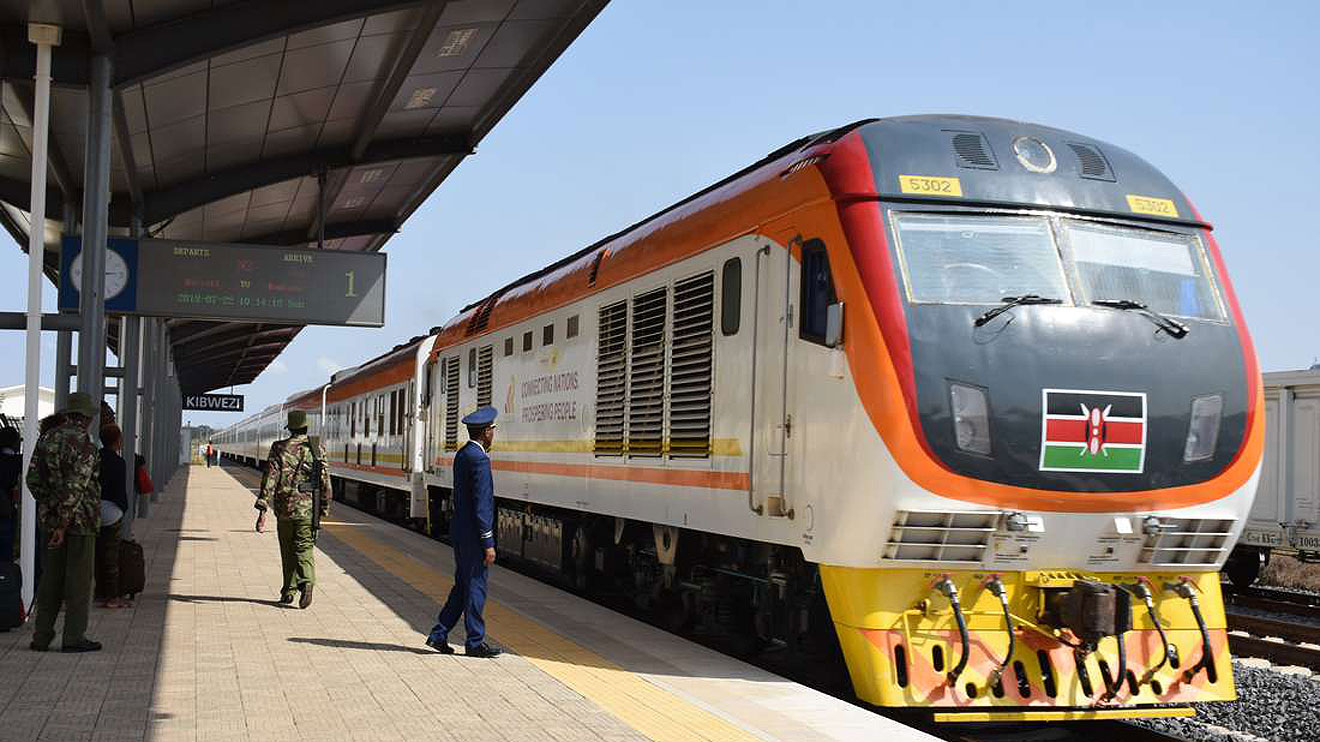When President William Ruto’s administration set the ambitious target of creating a hub in each of Kenya’s 1,450 wards, the vision was clear: to tackle youth unemployment by placing the digital economy within reach of every community.
Anchored in the Kenya Digital Master Plan 2022–2032, the programme builds on the earlier establishment of 47 county-level ICT centres and extends access down to the ward level.
In his national addresses, President Ruto has consistently framed digital jobs as a pillar of inclusive growth and youth empowerment, situating the hubs at the centre of the country’s broader economic transformation agenda.
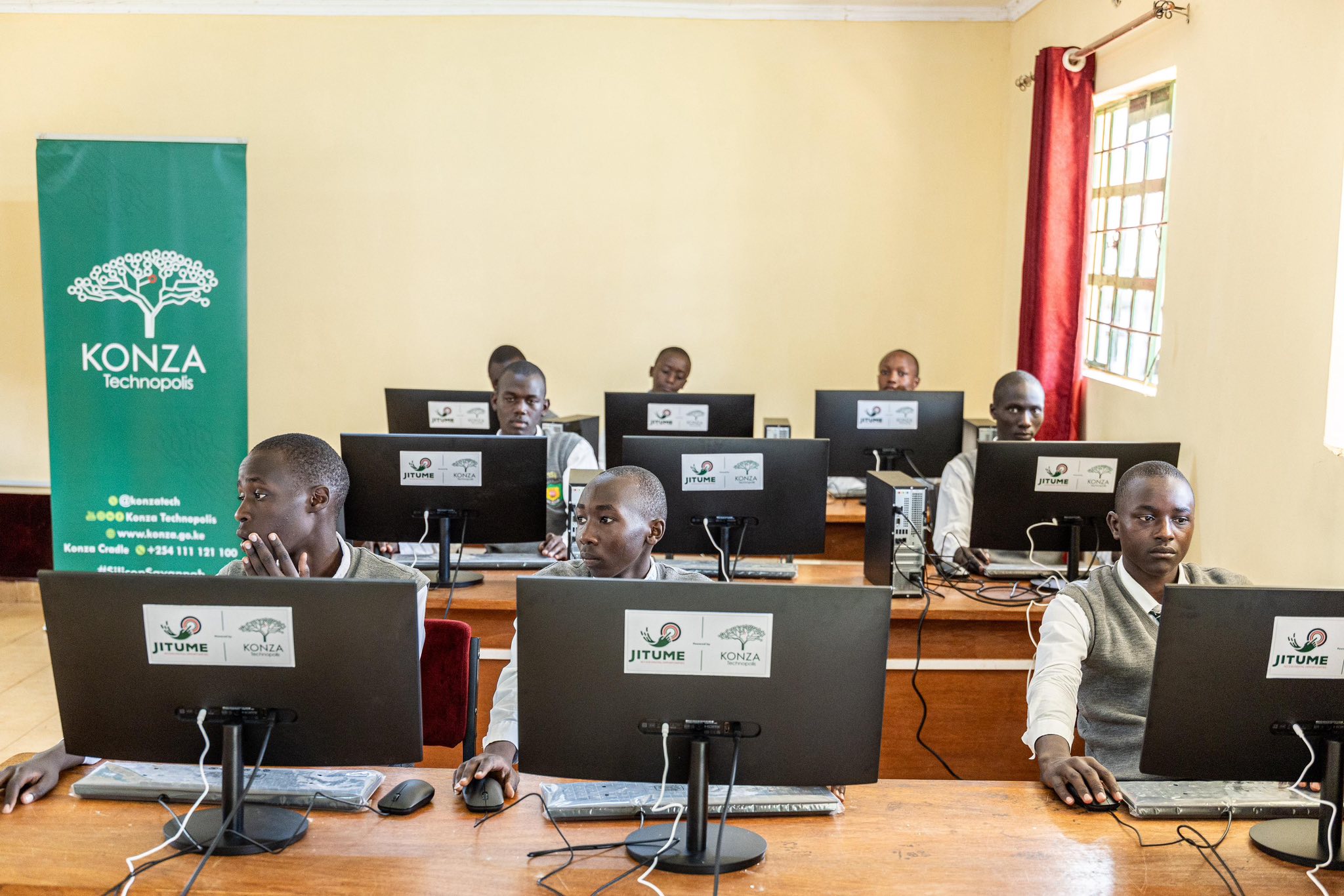
For rural and peri-urban youth who are often excluded by a lack of devices, poor connectivity, or limited training facilities, this shift promises something transformative: the chance to access learning, mentorship, and global job markets from their own neighbourhoods.
Read More
A digital hub is more than a computer room. Typically located in TVET institutions, schools, or community centres, each hub provides free or low-cost access to computers and high-speed internet, alongside training programmes aligned with online work opportunities.
They also act as community spaces, where mentorship and peer support guide young people from training to their first income. One such hub in Narok East was equipped with 50 computers and fibre internet, enabling learners to both train and work productively.
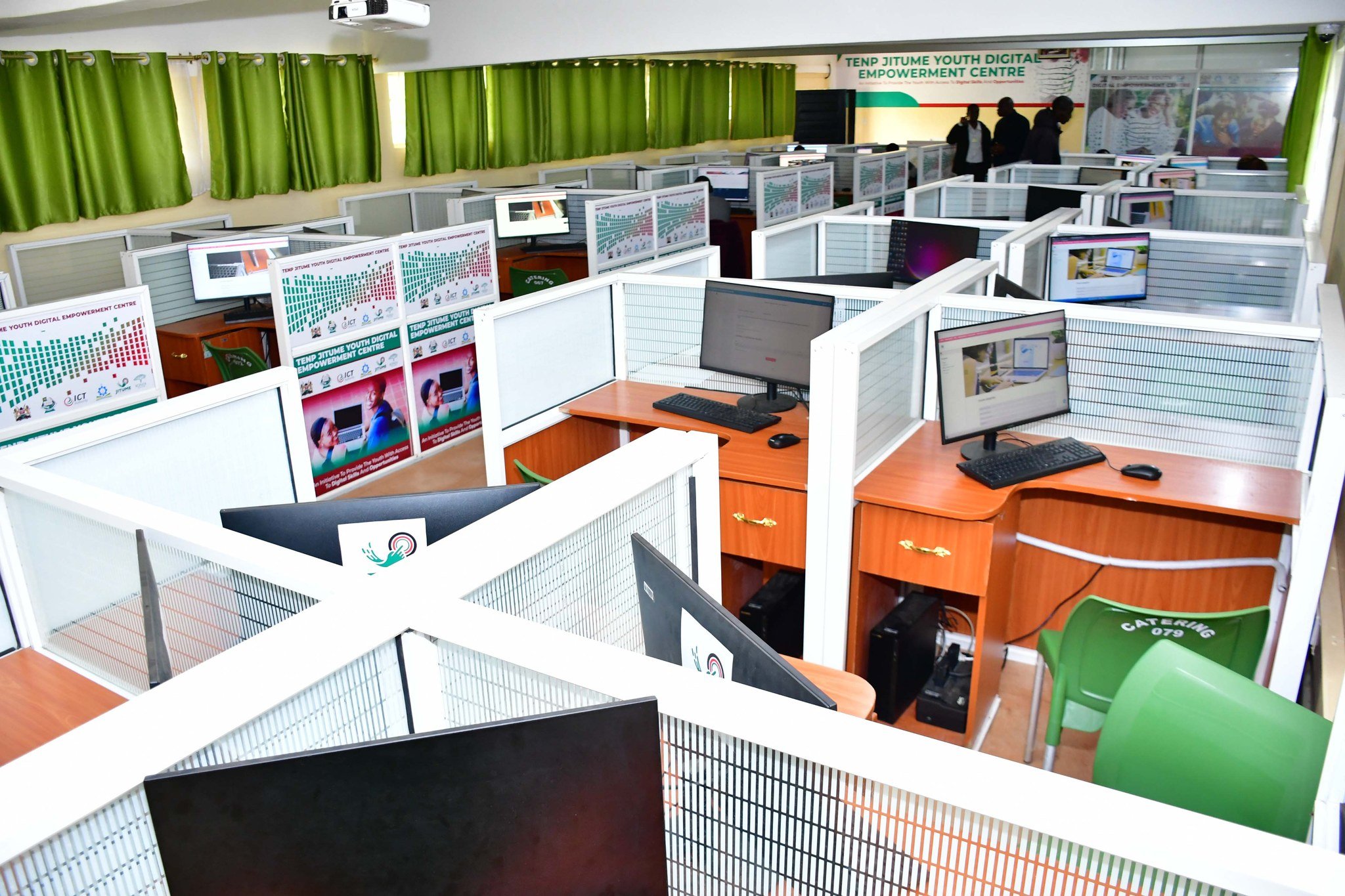
Beyond individual sites, the hubs are part of a wider ecosystem; connecting fibre to TVETs, digitising public services, and embedding digital literacy across counties.
So far, more than 270 hubs have been commissioned across the country. These launches are supported by large-scale fibre expansion, which connects schools and public facilities; together, these developments reinforce the role of digital hubs not only as training centres, but also as gateways to the growing demand for digital skills and services.
The real value of the hubs lies in how they lower barriers between skilling and earning. By providing reliable devices and connectivity, they enable young people to build portfolios and complete freelance assignments.
Their proximity, often within walking distance, makes them accessible to students and job seekers, while integration with TVETs ensures a steady pipeline of training.

Importantly, the mentorship and community offered within hubs increase completion rates and improve the chances of securing that crucial first contract
The clearest measure of impact, however, comes from the voices of beneficiaries already earning through these hubs.
In Trans Nzoia, Adan Etubon’s journey illustrates the difference access can make. His passion for design had driven him to study online, but the lack of resources stalled his progress.
"I had a passion for design because I love drawing. I received some support through the Allan Chesang Foundation to access an online course. I learned the course for one year and graduated. However, putting my skills into action was a big problem because I didn't have the resources for that. I didn't have a computer, I didn't have internet, so it was a challenge," Etubon narrated.
Everything changed when the local digital hub opened its doors, giving him the tools to finally apply his skills.
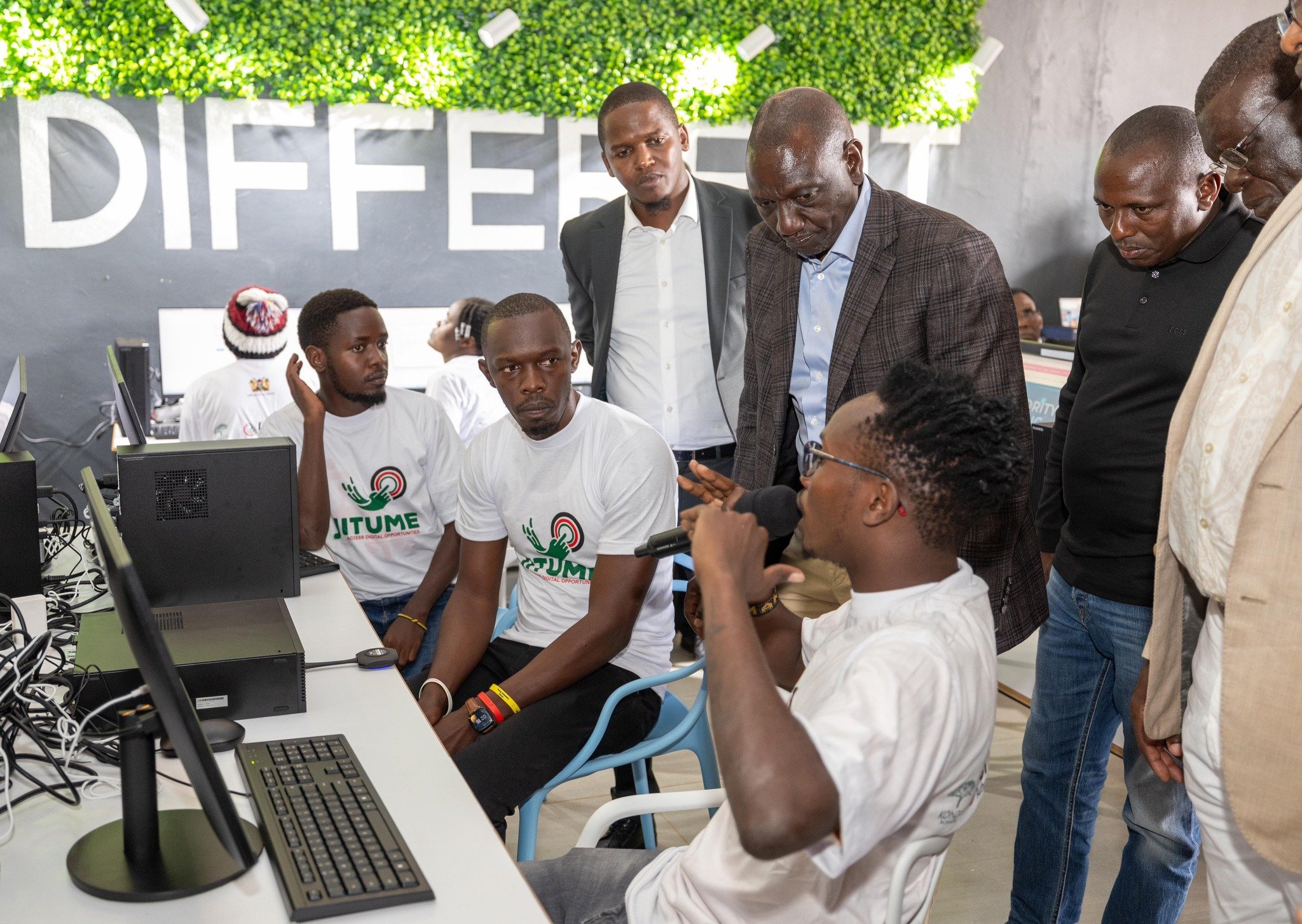
"Last year, when they opened this centre, I saw the light at the end of the tunnel because finally I was able to access the computer and also the internet. Now I started to put my skills into action."
With access to both equipment and connectivity, Adan discovered freelancing platforms and began applying for work.
"I learned about online freelancing and a platform where I can apply for online jobs. From November 2023 to January 2024. I have managed to get seven direct customer jobs where we have an hourly rate and bill the client for all the hours at the end. So far, I have managed to work 21 hours and I've managed to earn 900 USD, which is equivalent to 146,000 shillings over a period of two and a half months."
At the Kaiboi hub, Brian Kipchumba’s experience highlights the same opportunity. A diploma student, he ventured into online work in December 2023.
Kipchumba noted that when he started, he earned one dollar, which motivated him to put more effort, resulting in a monthly income of up to 600 dollars.

"This programme called Jitume, I underwent training for one month and gained data entry and graphic design skills, then started working online. At first, I earned just one dollar. That one dollar motivated me, and now I earn about 600 dollars a month (KSh77,000). Before I started online work, life was very difficult because there was no income at all," Kipchumba narrated.
These testimonies capture what the policy was designed to achieve: turning Kenya’s youthful population into a digitally enabled workforce that can compete in global markets without leaving home. Digital hubs are not just about access to computers; they are community gateways to opportunity, innovation, and income.
The stories of Adan and Brian show what is possible when access, mentorship, and connectivity come together. From Trans Nzoia to Kaiboi, Kenyan youth are proving that with the right support, they can learn, work, and earn beyond borders, without leaving their wards.
